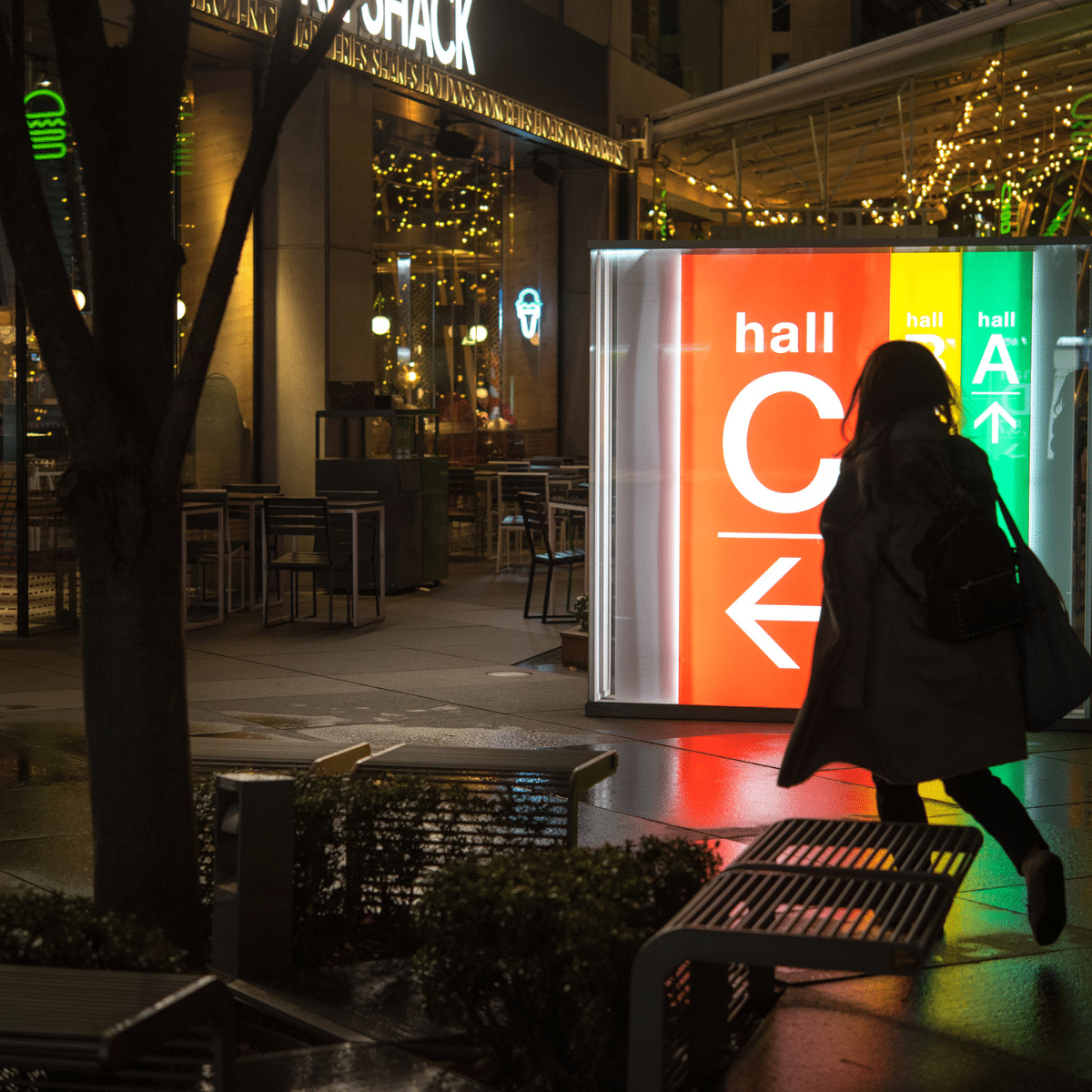Bay Area Urban Branding: How Signage and Design Shape Urban Identity

Creating Experiences, Not Just Spaces
The Bay Area represents more than its neighborhoods because it stands as a well-defined brand. The neon lights of the Castro and the grand Salesforce Tower stand as storytellers for every space they occupy. By 2025 urban branding take center stage as developers together with city planners revisit the influence of signage design and placemaking on everyday life.
The Rise of Mixed-Use Lifestyle Districts
The cities of San Francisco, Oakland, and San Jose are embracing mixed-use developments that combine workspaces and living areas with recreational facilities. These developments go beyond office landscapes with a lower-level cafe. These lifestyle districts thrive on vibrant energy where branding serves as a key element in establishing their unique identities. The combination of historical significance with modern signage and commercial activity transforms The Ferry Building into a destination beyond its function as a transit point. What would happen if we took this concept and implemented it into new construction projects in downtown San Jose or the Broadway Valdez district in Oakland?
Digital Signage as the New Urban Art
Static signage is taking a backseat. As a leading tech innovation center, the Bay Area is pioneering the application of digital signage to develop immersive experiences for urban environments. Interactive wayfinding solutions, dynamic public art displays and real-time transit information updates transform regular streets into engaging interactive arenas. The digital kiosk at BART stations provides train schedules while displaying information about local events and community businesses and adjusts its display based on the time of day.
Adaptive Reuse and Branding Opportunities
The dynamic state of commercial real estate in the Bay Area leads to adaptive reuse projects which reshape the region’s skyline. The transformation of old office buildings into residential and hospitality spaces creates a chance to rethink how brands are perceived. What steps are necessary to transform an old tech campus into a central cultural venue? The transition requires the strategic use of signage and lighting alongside a redefined identity. The former Nordstrom at Westfield San Francisco Centre stands as an ideal example for transformation through branding which can reshape its position in urban landscapes.
Monument Signs will shape district identity for future urban landscapes.
The iconic ‘Welcome to Oakland’ sign alongside the famous ‘Painted Ladies’ creates not only functional spaces but also emotional connections. Monument signs now function as more than directional aids and symbolize identity anchors. Branded entry markers along with illuminated signage and integrated public art establish a strong sense of place for neighborhoods like the Mission and Jack London Square. These aren’t just signs; they’re landmarks.
Rethinking Transit Hubs as Branded Destinations
The Diridon Station in San Jose and Salesforce Transit Center in San Francisco function as entry points to their respective cities rather than simple stops along transportation routes. These spaces transform into destinations thanks to consistent branding and intuitive wayfinding along with digital signage that responds to commuter needs. These transit centers transform into stand-alone destinations that shape people’s interactions with their environment.
The Bay Area enters a new phase of urban identity development.
The Bay Area leads the way in transforming urban spaces into dynamic communicative entities because cities act as living and breathing brands. The upcoming decade will transcend aesthetic considerations to focus on delivering experiences through digital innovation, adaptive reuse, and iconic signage. The identity of cities that depend on constant movement extends beyond physical location. It’s about where you’re going next.